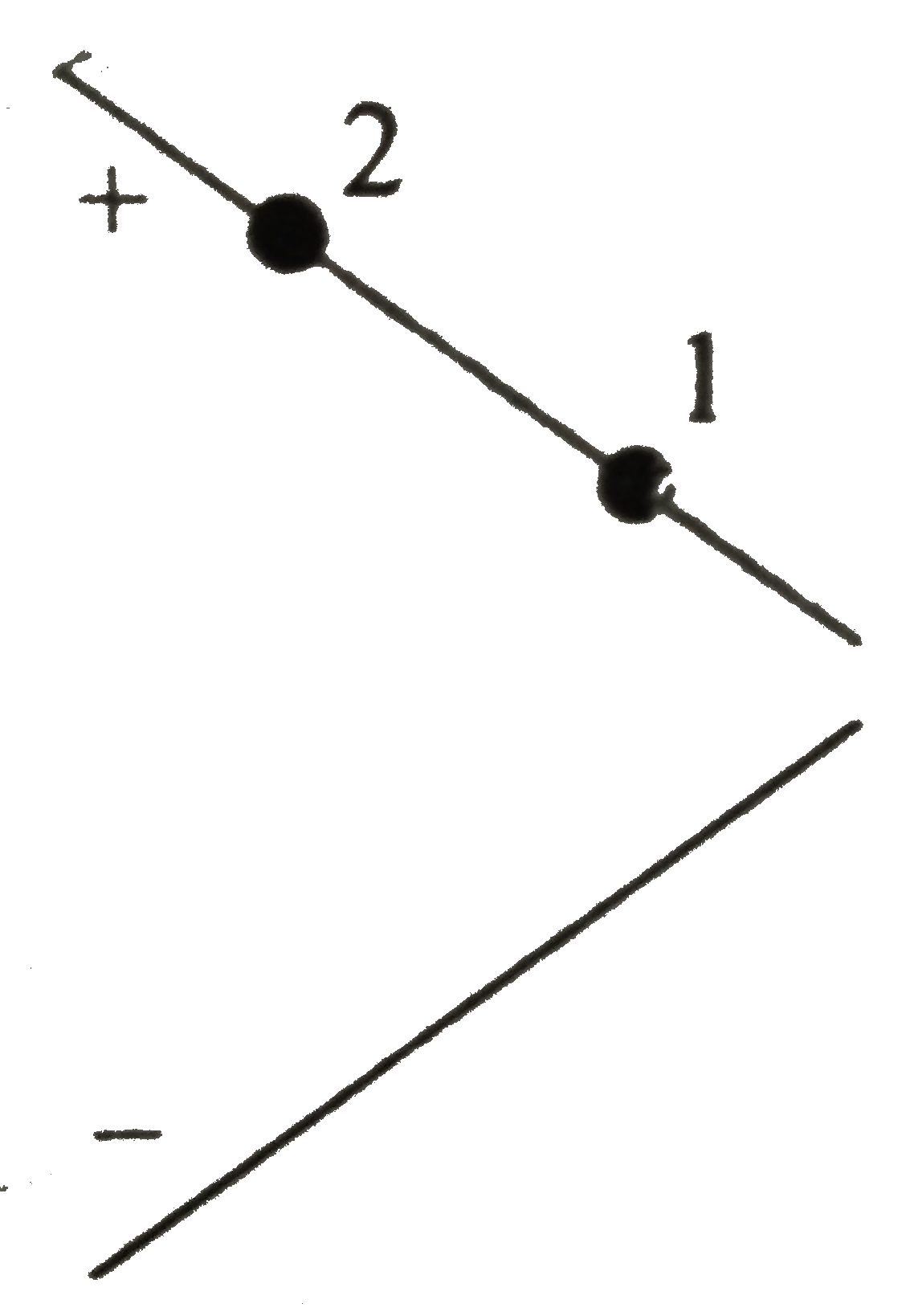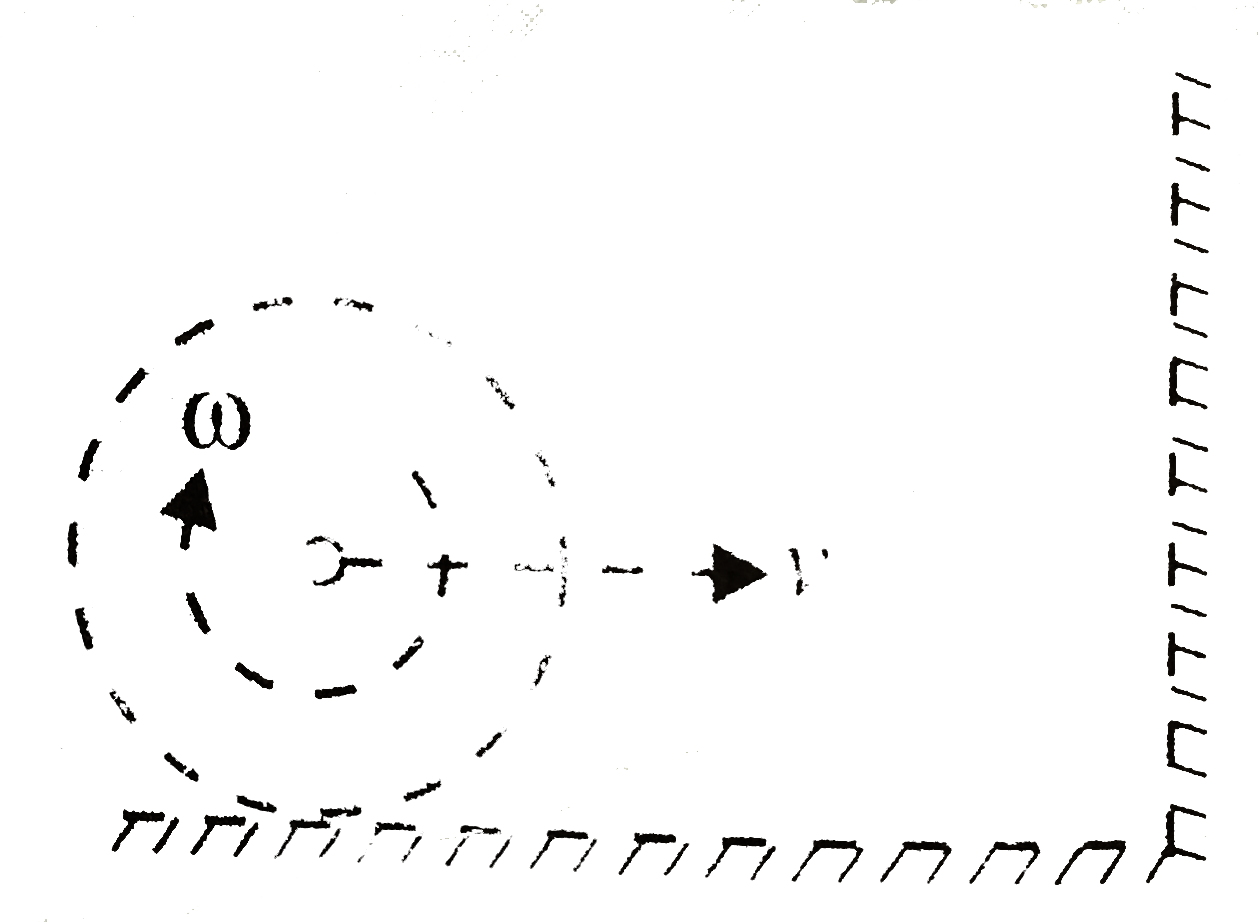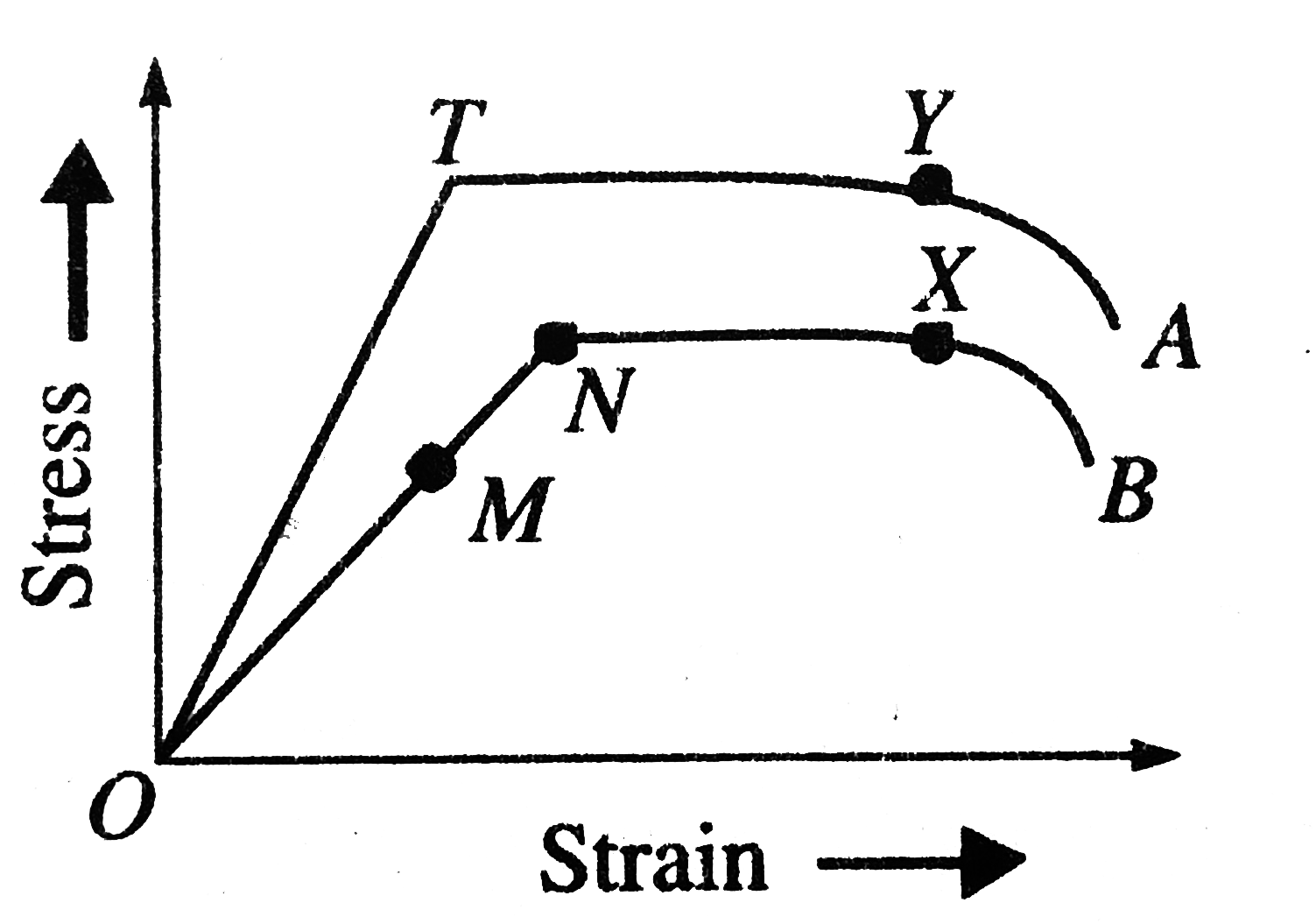State whether the following statements are true or false with reasons.
a. Elastic forces are always conservative.
b. Elastic forces are strictly conservative only when Hooke's law is obeyed.
c. When a wire is loaded beyond the elastic limit and then reloaded, the work done disappears completely as heat.
Let's analyze each statement one by one and determine whether they are true or false, providing reasons for our conclusions.
Statement a: Elastic forces are always conservative.
Solution:
This statement is False. Elastic forces are not always conservative because the work done in deforming an elastic body can depend on the path taken during the deformation. In a conservative force, the work done is independent of the path and only depends on the initial and final positions. In the case of elastic forces, if the deformation does not follow the same path during unloading, some energy may be lost as heat or other forms of energy, indicating that elastic forces do not always meet the criteria for being conservative.
Statement b: Elastic forces are strictly conservative only when Hooke's law is obeyed.
Solution:
This statement is False. While Hooke's law applies to the linear elastic region of materials, elastic forces can be conservative in a broader range of elastic behavior, not just when Hooke's law is obeyed. The term "strictly" implies that there are no exceptions, but elastic forces can remain conservative even outside the strict confines of Hooke's law, as long as the material behaves elastically. Therefore, the presence of "only" makes this statement incorrect.
Statement c: When a wire is loaded beyond the elastic limit and then reloaded, the work done disappears completely as heat.
Solution:
This statement is False. When a wire is loaded beyond its elastic limit, it undergoes permanent deformation and does not return to its original shape. The energy used to deform the wire is not completely converted to heat; rather, some of it is stored as potential energy in the form of internal energy due to the permanent deformation. Thus, the work done does not disappear completely as heat, making this statement incorrect.
Summary of Answers:
- Statement a: False
- Statement b: False
- Statement c: False
This statement is False. Elastic forces are not always conservative because the work done in deforming an elastic body can depend on the path taken during the deformation. In a conservative force, the work done is independent of the path and only depends on the initial and final positions. In the case of elastic forces, if the deformation does not follow the same path during unloading, some energy may be lost as heat or other forms of energy, indicating that elastic forces do not always meet the criteria for being conservative.
This statement is False. While Hooke's law applies to the linear elastic region of materials, elastic forces can be conservative in a broader range of elastic behavior, not just when Hooke's law is obeyed. The term "strictly" implies that there are no exceptions, but elastic forces can remain conservative even outside the strict confines of Hooke's law, as long as the material behaves elastically. Therefore, the presence of "only" makes this statement incorrect.
This statement is False. When a wire is loaded beyond its elastic limit, it undergoes permanent deformation and does not return to its original shape. The energy used to deform the wire is not completely converted to heat; rather, some of it is stored as potential energy in the form of internal energy due to the permanent deformation. Thus, the work done does not disappear completely as heat, making this statement incorrect.
- Statement a: False
- Statement b: False
- Statement c: False
Topper's Solved these Questions
- BOOK - CENGAGE PHYSICS ENGLISHCHAPTER - PROPERTIES OF SOLIDS AND FLUIDSEXERCISE - Exercise 5.26videos
PROPERTIES OF SOLIDS AND FLUIDS
- BOOK - CENGAGE PHYSICS ENGLISHCHAPTER - PROPERTIES OF SOLIDS AND FLUIDSEXERCISE - Exercise 5.39videos
PROPERTIES OF SOLIDS AND FLUIDS
- BOOK - CENGAGE PHYSICS ENGLISHCHAPTER - PROPERTIES OF SOLIDS AND FLUIDSEXERCISE - Solved Examples11videos
PROPERTIES OF SOLIDS AND FLUIDS
- BOOK - CENGAGE PHYSICS ENGLISHCHAPTER - NEWTON'S LAWS OF MOTION 2EXERCISE - Integer type1videos
NEWTON'S LAWS OF MOTION 2
- BOOK - CENGAGE PHYSICS ENGLISHCHAPTER - RIGID BODY DYNAMICS 1EXERCISE - Integer11videos
RIGID BODY DYNAMICS 1
Similar Questions
State if each of the following statements is true or false . Give reasons for your answer .
Total energy of a system is always conserved , no matter what internal and external forces on the body are present .View SolutionState the following statements as true or false.
a. The work done by a force on a body is equal to the dot product of the force and displacement of the body.
b. Instantaneously, work is not defined.
c. When several forces act on a body, the total work is the same as the work done by their resultant.View SolutionA parallel plate air capacitor is connected to a battery. If the plates of the capacitor are pulled farther apart, then state whether the following statements are true or false.
a. Strength of the electric field inside the capacitor remains unchanged, if the battery is disconnected before pulling the plates.
b. During the process, work is done by the external force applied to pull the plates irrespective of whether the battery is disconnected or not.
c. Strain energy in the capacitor decreases if the battery remains connected.
 .View Solution
.View SolutionState whether the following statements are true or false by writing T or F.
(a) The velocity ratio of a single fixed pulley is always more than 1.
(b) The velocity ratio of a single movable pulley is always 2.
(c) The velocity ratio of a combination of n movable pulleys with a fixed pulley is always 2n.
(d) The velocity ratio of a block and tackle system is always equal to the number of strands of the tackle supporting the load.View SolutionState whether the following statements are true or false by writing T/F against them.
(a) Earth moves around Sun with a uniform velocity.
(b) The motion of moon around Earth in a circular path is an accelerated motion.
( c) A uniform linear motion is unaccelerated, while a uniform circular motion is an accelerated motion.
(d) In a uniform circular motion, the speed continuously changes because the direction of motion changes.
(e) A boy experiences a centrifugal force on his hand when he rotates a piece of stone tied at one end of a string. holding the other end in the hand.View SolutionState whether the following statements are true or false.
(a) An electric motor converts mechanical energy into electrical energy.
(b) An electric generator works on the principle of electromagnetic induction.
(c) The field at the center of a long circular coil carrying current will be parallel straight lines.
(d) A wire with a green insulation is usually the live wire of an electric supply.View SolutionChoose the following statement a True of False.
a. The real image formed by a lens is always inverted.
b. The image formed by a lens is always inverted.
c. The image formed by a concave lens is always erect and diminished.
d. An air bubble inside water acts like a concave lens.
e. The distance between a real object and its real image formed by a single lens cannot be more than 4f.
f. I an object is moved at a constant speed toward a convex lens from infinity to focus, then its image moves slower in the begninning and faster later on, away from the lens.
g. The focal length of a glass (μ=1.5) lens is 10 cm in air. When it is completely immersed in water its focal length will become 40cm.View SolutionA sphere rolling on a horizontal rough surface Collides elastically with a smooth vertical wall, as shown in Fig. State which of the following statements is true or false.
 a. After collision, the velocity of the centre of mass gets reversed.
a. After collision, the velocity of the centre of mass gets reversed.
b. Angular momentum of the sphere about the point of contact with the wall is conserved.
c. Angular momentum of the sphere about a stationary point on the horizontal surface is conserved.
d. Just after collision the point of contact with the horizontal surface is moving towards the wall.
e. After collision the friction force acts on the sphere such that it decreases the linear speed and increases the angular speed.
f. Finally, when the sphere starts rolling, it is moving away from the wall.View SolutionAssertion Upto elastic limit of a stress-strain curve, the steel wire tends to regain its original shape when stress is removed.
Reason Within elastic limit, the wire follows Hooke's law.View SolutionMaterials get deformed when force is applied. Some of them regain their status when the applied force is removed. They are termed as elastic. Those of which not regaining are called plastic. There may be delay in the regaining in some materials. They are said to have got elastic aftereffect, since they have gone beyond the elastic limit. Repeated application and removal of force leads to fatigueness in the material. Fatigued materials may break at any point time and so are avoided.
The stress strain graph for two materials A and B is shown in the following figure:

The time in which the two materials regain their original status is tA and tB related as tB=2tB. Then the material under elastic aftereffect (relatively) isView Solution

